trans-1,4-Diaminocyclohexane
Synonym(s):trans-1,4-Cyclohexanediamine
- CAS NO.:2615-25-0
- Empirical Formula: C6H14N2
- Molecular Weight: 114.19
- MDL number: MFCD00075174
- EINECS: 640-403-4
- SAFETY DATA SHEET (SDS)
- Update Date: 2025-01-27 09:38:02
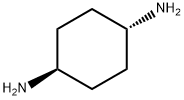
What is trans-1,4-Diaminocyclohexane?
Chemical properties
off-white to brown crystals or chunks
The Uses of trans-1,4-Diaminocyclohexane
trans-1,4-diaminocyclohexane be used as organic intermediates and epoxy curing agents.
The Uses of trans-1,4-Diaminocyclohexane
trans-1,4-Diaminocyclohexane was used in preparation of fully aliphatic polyimides. It was employed as the structure-directing agent in the synthesis of novel two-dimensional layered zinc phosphate.
What are the applications of Application
trans-1,4-Diaminocyclohexane is a chemical used in preparation of fully aliphatic polyimides
Purification Methods
Recrystallise the diamine from pet ether under N2 or Ar as it should be an even stronger base than the above 1,2-diamine isomers. It distils under N2. Store in the dark under N2. [Beistein 13 I 3, 13 III 11.]
Properties of trans-1,4-Diaminocyclohexane
| Melting point: | 67-72 °C |
| Boiling point: | 197 °C(lit.) |
| Density | 0.939±0.06 g/cm3(Predicted) |
| vapor pressure | 18 mm Hg ( 87.2 °C) |
| Flash point: | 71 °C |
| storage temp. | Keep in dark place,Inert atmosphere,Room temperature |
| solubility | soluble in Methanol |
| form | Crystals or Chunks |
| pka | 10.78±0.70(Predicted) |
| color | Off-white to brown |
| explosive limit | 6% |
| BRN | 2801657 |
| InChI | InChI=1S/C6H14N2/c7-5-1-2-6(8)4-3-5/h5-6H,1-4,7-8H2/t5-,6- |
| CAS DataBase Reference | 2615-25-0(CAS DataBase Reference) |
| EPA Substance Registry System | 1,4-Cyclohexanediamine, trans- (2615-25-0) |
Safety information for trans-1,4-Diaminocyclohexane
| Signal word | Danger |
| Pictogram(s) |
 Corrosion Corrosives GHS05  Exclamation Mark Irritant GHS07 |
| GHS Hazard Statements |
H302:Acute toxicity,oral H314:Skin corrosion/irritation |
| Precautionary Statement Codes |
P260:Do not breathe dust/fume/gas/mist/vapours/spray. P270:Do not eat, drink or smoke when using this product. P280:Wear protective gloves/protective clothing/eye protection/face protection. P301+P312:IF SWALLOWED: call a POISON CENTER or doctor/physician IF you feel unwell. P303+P361+P353:IF ON SKIN (or hair): Remove/Take off Immediately all contaminated clothing. Rinse SKIN with water/shower. P305+P351+P338:IF IN EYES: Rinse cautiously with water for several minutes. Remove contact lenses, if present and easy to do. Continuerinsing. |
Computed Descriptors for trans-1,4-Diaminocyclohexane
| InChIKey | VKIRRGRTJUUZHS-IZLXSQMJSA-N |
| SMILES | [C@@H]1(N)CC[C@@H](N)CC1 |
trans-1,4-Diaminocyclohexane manufacturer
Neugen Labs
Karnataka
Phone:91-8133254502
Whatsapp: 91-8133254502
product: trans-1,4-Diamino cyclohexane
New Products
(R)-1-Boc-3-hydroxypyrrolidine Methyl (R)-1-Boc-4,4-difluoropyrrolidine-2-carboxylate 2,2-Difluoropropylamine hydrochloride tert-butyl 3-bromoazetidine-1-carboxylate DIFLUOROACETIC ANHYDRIDE 2,2-Difluoropropionic acid Diallylamine, 99% Calcium hydroxide, 95% Aluminum oxide, basic 2-Bromophenylacetonitrile, 97% L-tert-Leucine,97% N-Hydroxy-2-methylpropanimidamide 4-(3,4-Dichlorophenyl)-3,4-Dihydro-N-Methyl-1-(2H)-Naphthalenimine (Schiff Base) 2-AMINO-3,5-DIBROMO BENZALDEHYDE [ADBA] L-Glutamic Acid Dimethyl Ester Hcl 10-Methoxy-5H-dibenz[b,f]azepine 5-Cyanophthalide N, N-Carbonyldiimidazole (CDI) Dibenzoyl Peroxide Titanium Dioxide 2-(Methylthio) Benzonitrile Sodium Acetate Anhydrous Allopurinol 1,5-DibromopentaneRelated products of tetrahydrofuran
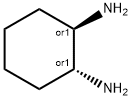
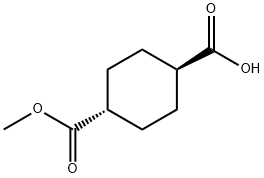

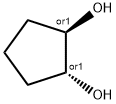

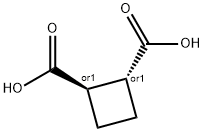
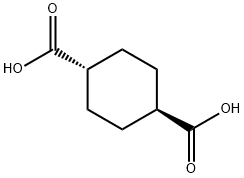

You may like
-
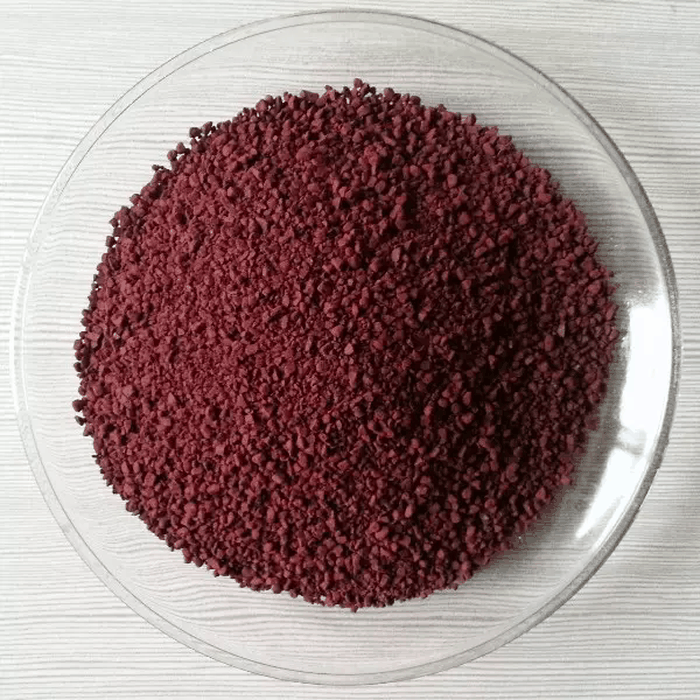 2615-25-0 trans-1,4-Diamino cyclohexane 98%View Details
2615-25-0 trans-1,4-Diamino cyclohexane 98%View Details
2615-25-0 -
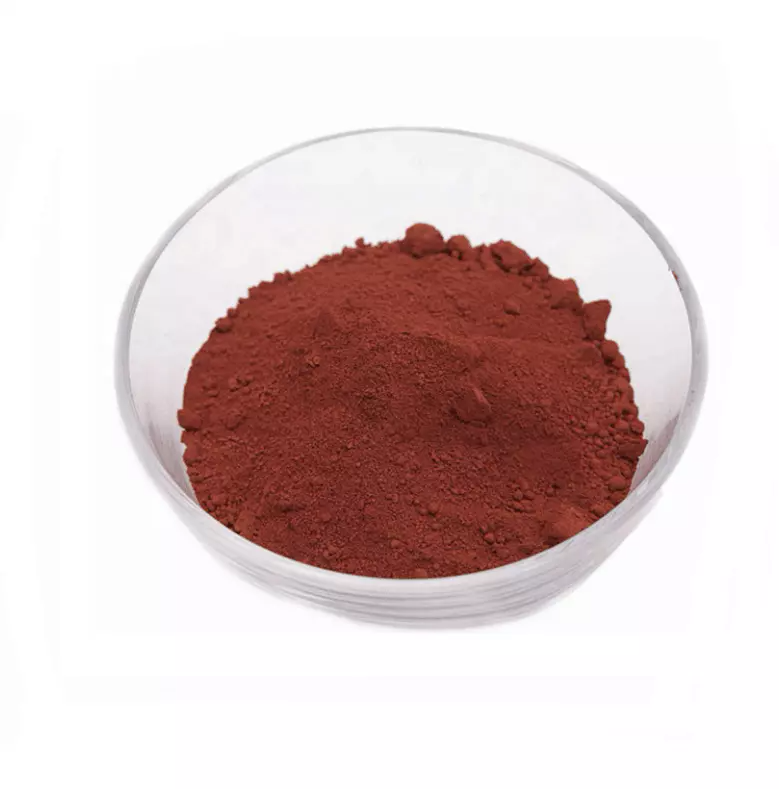 2615-25-0 99%View Details
2615-25-0 99%View Details
2615-25-0 -
 trans-1,4-Cyclohexanediamine CAS 2615-25-0View Details
trans-1,4-Cyclohexanediamine CAS 2615-25-0View Details
2615-25-0 -
 Trans-1,4-diaminocyclohexane 97% CAS 2615-25-0View Details
Trans-1,4-diaminocyclohexane 97% CAS 2615-25-0View Details
2615-25-0 -
 trans-1,4-Cyclohexyldiamine 98% (GC) CAS 2615-25-0View Details
trans-1,4-Cyclohexyldiamine 98% (GC) CAS 2615-25-0View Details
2615-25-0 -
 trans-1,4-Diaminocyclohexane CAS 2615-25-0View Details
trans-1,4-Diaminocyclohexane CAS 2615-25-0View Details
2615-25-0 -
 Ethyl-2-Chloroacetoacetate 609-15-4View Details
Ethyl-2-Chloroacetoacetate 609-15-4View Details
609-15-4 -
 609-15-4View Details
609-15-4View Details
609-15-4
Statement: All products displayed on this website are only used for non medical purposes such as industrial applications or scientific research, and cannot be used for clinical diagnosis or treatment of humans or animals. They are not medicinal or edible.
